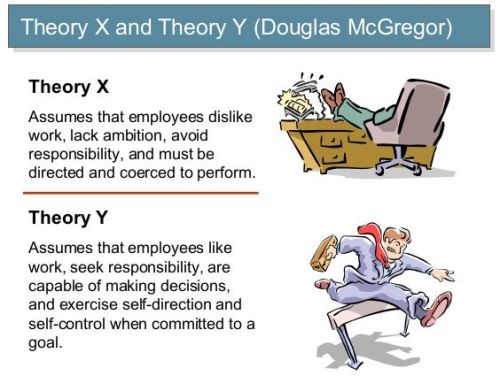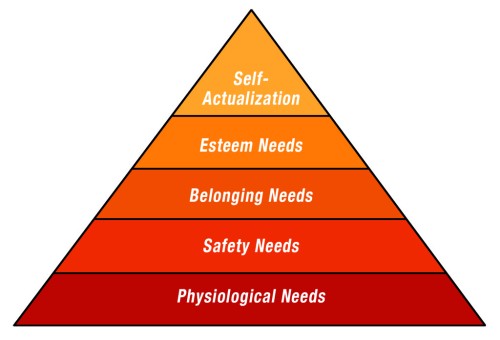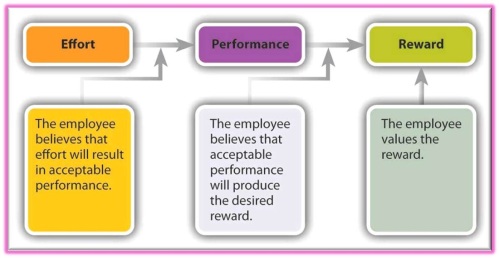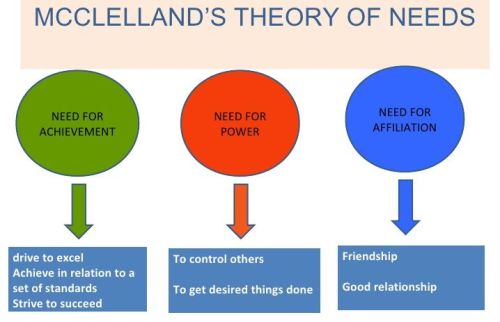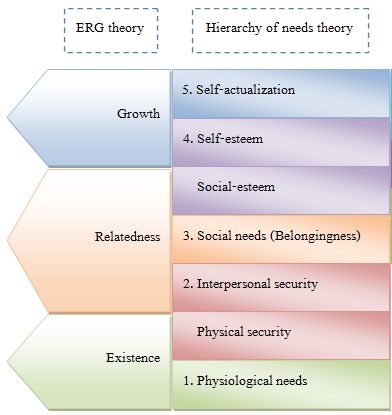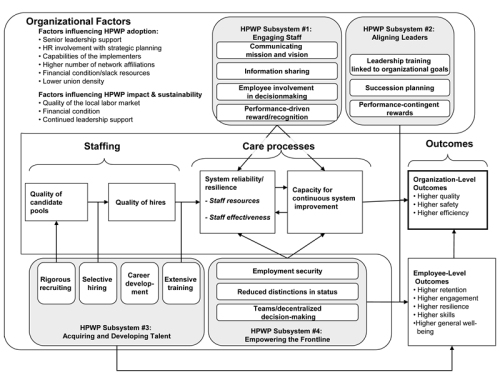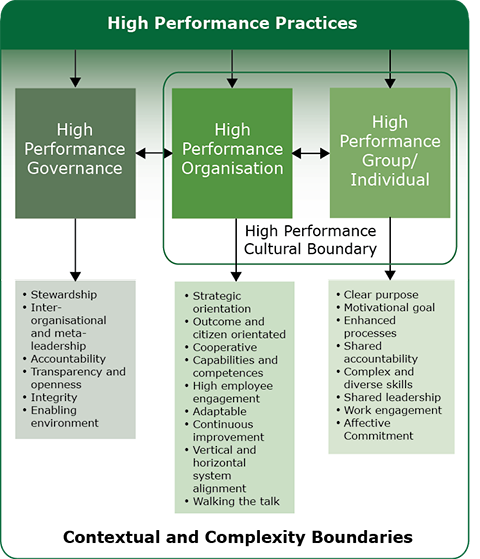Everyone talks about ‘motivation’ – the purpose of this post is to briefly track the key concepts and theories.
The framework for modern management is firmly rooted in the concepts of scientific management developed during the industrial revolution, formalised by Frederick Taylor and the Gilbreths. Workers were closely supervised, the method of working designed in detail (time and motion studies) and payments were based on work accomplished (piece rates). Where piece rates were not practical, supervision was intensified[1].
This approach aligns with ‘Theory X’ developed by Douglas McGregor[2] in the 1960s, in which managers believe individuals are inherently lazy and unhappy with their jobs, and as a consequence an authoritarian management style is required to ensure fulfilment of objectives.
The first steps towards McGregor’s ‘Theory Y’ (which assumes given the correct leadership, employees can be ambitious, self-motivated, exercise self-control and are willing to take on some amount of professional responsibility to achieve the objectives) came from the work of Henry Gantt.
Gantt’s approach to motivating workers involved training and paying bonuses for achieving production targets. A worker received a reasonable wage, was paid whilst being trained and both the worker and his foreman received bonuses once the worker had learned to achieve the production target. Gantt was fully aware of culture and the need for people to want to succeed but did not develop a ‘motivational theory’ as such[3]. The other limitation is this type of motivation is ‘extrinsic’ and can be very effective in the right circumstances. However, this type of motivation only works where the work items can be counted
One of the first people to develop a true motivational theory was Abraham Maslow.
Maslow’s Hierarchy of Needs[4]
In his 1943 paper “A Theory of Human Motivation”, Maslow states the five levels of the hierarchy of needs as Physiological, Security, Social, Esteem, and Self-actualizing.
- Physiological needs are described as those needed for survival such as food, water, and sleep.
- Security needs include safety, steady employment, and shelter from the environment.
- Social needs include the need for love, affection and being part of a team or group.
- The need for esteem is centred on the individual’s personal worth, social recognition, and accomplishment.
- The highest need is self-actualization, which is where the individual is less concerned with other’s opinions and is more focused on achieving their full potential.
A point worth noting is that Maslow stated that the predominance of a need assigned by the individual determines its’ importance not the order presented. This point is brought up because Maslow’s theory is commonly represented as a pyramid and the assumption that the first need must be satisfied before the next need is even addressed.
Vroom’s Expectancy Theory of Motivation[5]
Vroom developed his Expectancy theory (1964) through his study of the motivations behind decision making. It proposes that an individual will decide to behave or act in a certain way because they are motivated to select a specific behaviour over other behaviours due to what they expect the result of that selected behaviour will be (ie, their expectations based on pervious experience or observation). This theory emphasises the needs for organisations to align rewards directly to desired performance and to ensure that the rewards provided are both deserved and wanted by the recipients[6].
Herzberg’s Two-Factor Theory of Motivation[7]
Herzberg (1965) theorized that satisfaction and dissatisfaction were affected by different factors and thus could not be measured on the same scale. This theory is known as the two-factor theory; Herzberg’s motivation-hygiene theory; and/or the dual-factor theory.
- Hygiene factors are those that pertained to the job and were comprised of supervision, interpersonal relationships, work conditions, salary, and company policy. Hygiene factors cannot produce motivation only satisfaction or dissatisfaction.
- The motivational factors are such items as recognition, a sense of achievement, growth or promotion opportunities, responsibility, and meaningfulness of the work itself.
Hygiene factors need to be removed (cleaned up) before motivation factors can take effect. This theory was developed in the same timeframe as McGregor’s ‘Theory X – Theory Y’.
McClelland’s Theory of Needs[8]
McClelland’s theory of needs (1995) is a motivational model that attempts to explain how the needs for achievement, power, and affiliation affect the actions of people from a managerial context:
- Achievement discusses how people with different levels of achievement needs seek tasks with a corresponding level of risk. The higher the achievement need the higher the risk.
- Affiliation need is similar to achievement and differs only in the fact it is the need to be associated with or accepted by a specific group.
- The power portion of the needs theory actually has two sub-sets, personal power and institutional power. Personal power describes the individual who wants to direct others and institutional power describes the individual who wants to organize the efforts of others for the betterment of the institution.
Aldefer’s Existence, Relatedness, and Growth (ERG) Needs Theory of Motivation[9]
Clayton Aldefer developed his ERG theory as Existence, Relatedness, and Growth (2011) to bring Maslow’s needs hierarchy into alignment with empirical research. He re-categorised Maslow’s hierarchy of needs into three simpler and broader classes of needs:
- Existence needs- These include need for basic material necessities. In short, it includes an individual’s physiological and physical safety needs.
- Relatedness needs- These include the aspiration individual’s have for maintaining significant interpersonal relationships (be it with family, peers or superiors), getting public fame and recognition. Maslow’s social needs and external component of esteem needs fall under this class of need.
- Growth needs- These include need for self-development and personal growth and advancement. Maslow’s self-actualization needs and intrinsic component of esteem needs fall under this category of need.
ERG Theory states that at a given point of time, more than one need may be operational and recognises the option for both advancement and frustration/regression.
Additional Theories:
This post only looks at a few of the theories of motivation some of the others include:
- Theory Z (Ouchi): High levels of trust, confidence and commitment towards the workers on the part of management lead to high levels of motivation and productivity on the part of workers (based on observation of Japanese businesses in the mid 1970s – Ouchi suggests that when selecting a person for promotion to a different role [eg, a manual worker to foreman] it is better to select a person with a demonstrated commitment to the objectives of the organisation in preference to the most effective manual worker, the current demonstrated capabilities are not relevant and commitment overcomes obstacles).
- Contingency theory (Morse & Lorsch): People need to develop a sense of competence and this need continues to motivate people after competence is achieved. A good fit between the organisation’s structure and the task leads to competence, creating motivation.
- Goal-setting theory (Latham & Locke): Having clear, specific and challenging goals motivate people.
- Reinforcement theory (Skinner): Human behaviour is shaped by the previous positive or negative outcomes experienced by a person as a consequence of an action. Only positive reinforcement (rewards) should be used to encourage desired behaviours.
- Equity theory (Adams): People are motivated by their desire to be treated equitably. Perceptions of unfair allocation of rewards can lead to conflict.
- Achievement motivation theory (McClelland) describes three relevant needs in work situations:
- The need for achievement – the drive to succeed and achieve performance standards;
- The need for power – the need for influence over others;
- The need for affiliation or association – the desire for close, friendly relationships at work
- Bureaucratic Vs humanistic value systems (Chris Argyris). Bureaucratic / pyramidal organisational values dominate most organisations (the equivalent to McGregor’s Theory X); relationships in this environment result in decreased interpersonal competence, fostering mistrust; intergroup conflict and leading to a decrease in success in problem solving; Humanistic values lead to trusting authentic relationships and improve interpersonal and intergroup cooperation.
Conclusion
You can judge for the number of theories outlined in this paper motivating people is a complex issue. Our White Papers on motivation and leadership try to bring these theories into a practical perspective (see WP1048 Motivation and WP1014 Leadership).
This post also supports two of the key themes in my latest book, Making Projects Work are leadership and motivating your stakeholders to help you help them by delivering a successful project. The book is based on the premise that effective motivation requires focused communication within a robust relationship.
__________________
[1] For more on the development of management theories see:
http://www.mosaicprojects.com.au/PDF_Papers/P050_Origins_of_Modern_PM.pdf (page 8 to 14)
[2] For more on McGregor’s ‘Theory X – Y’ see: http://en.wikipedia.org/wiki/Theory_X_and_Theory_Y
[3] For more on the work of Henry Gantt and access to his books, see: Henry L. Gantt – A Retrospective view of his work – http://www.mosaicprojects.com.au/Resources_Papers_158.html
[4] For more on Maslow’s Hierarchy of Needs see:
http://en.wikipedia.org/wiki/Maslow%27s_hierarchy_of_needs
[5] For more on expectancy theory see: http://en.wikipedia.org/wiki/Expectancy_theory
[6] The problem of inadvertently rewarding undesirable behaviour is discussed in:
http://www.mosaicprojects.com.au/Mag_Articles/SA1018_What_you_measure_is_what_you_get.pdf
[7] For more on Herzberg see: http://en.wikipedia.org/wiki/Two-factor_theory
[8] For more on the theory of needs see: http://en.wikipedia.org/wiki/Need_theory
[9] For more on ERG needs see: http://www.managementstudyguide.com/erg-theory-motivation.htm


